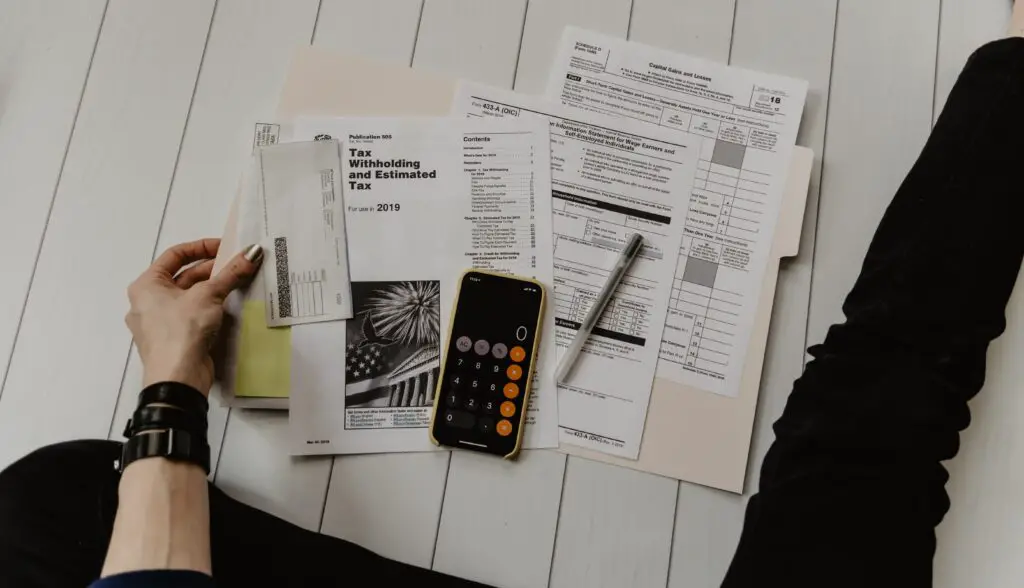Have you ever wondered about the things your tax money pays for? You might have guessed a few things but there are also unusual things taxes go into. So let us see some shocking things Taxes pay for.

Shocking Things Taxes Pay For
You know that taxes are used by the state to fund infrastructure, health services, the police, and housing. There are also some things funded by taxes that may sound ridiculous you would not have been able to guess them. Shocking things the government make us pay for taxes range from weird social gathering experiments to the outright unbelievable Barbie (you know, the doll) experiments.
List of Shocking Things Taxes Pay For
Here are a few shocking expenditures
Paying for a Self-Cleaning Toilet
Probably the funniest thing on this list is Washington D.C’s financial efforts to maintain a toilet that’s supposed to be self-cleaning.
A 2019 report from the Inspector General revealed that $500,000 was to by the Washington Metropolitan Area Transit Authority (WMATA) to upkeep a self-cleaning toilet at one of its metro stations.
Dinosaur Research on Whether They Could Chirp
In 2016, $450,000 was spent on a study into dinosaurs. The goal of this study was to find out if dinosaurs could chirp, or sing, like their closest living relatives, birds.
The research was conducted by the National Science Foundation. It was concluded that dinosaurs could not have had the ability to chirp. Yeah, a big $45,000 surprise there!
Border Town Bars Research
The state-owned National Institutes of Health used up more than $330,000 on researching the behaviors of Mexican-American patrons in bars that were located in border towns. The study was carried out across cities on the border, cities in the Valley, and Mexicali.
The researchers’ theory was that Mexicali would have the most patrons in a jovial mood, bars that close at the latest, and lower-priced alcohol than the other cities involved in the study.
The conclusion of this study is yet unclear. But what a way for those researchers to score some drinks on the job.
Robot Flowers
The National Institutes of Health wanted to make some robotic flowers and call them flobots. $1.3 million was spent on flobots in 2015.
Bees could interact with flobots similarly to how they interacted with natural flowers. The flobots would, therefore, help scientists study bees in a better and more controlled environment.
U.S Air Force Coffee Mugs
The US Air Force in California’s air base spent some tax money on cups that cost well over $1,200 each. In total, the cost was $56,000.
The U.S Air Force did offer up some explanation. The cups were very efficient in holding on to heat. That would be beneficial to keep pilots’ coffee hot during long flights on cold nights.
A Study into Human Drool VS Apes
The State University of New York hosted a study in 2016. The study, funded by the National Institutes of Health, cost almost $817,000. The study compared human saliva to that of other primates such as apes, monkeys, and other animal relatives closest to humans.
The goal was to determine the exact point in history when human saliva evolved into its modern form.
Finding Out Why Everyone is Afraid of the Dentist
In 2016, the National Institutes of Health conducted a study into why Americans feared a visit to the dentist. The expenditure on that research amounted to $3.5 million.
The research concluded that the fear came from the thought that fixing oral health can be very painful. The study also found that 20% of the test subjects had an irrational fear of the dentist.
Building Earthquake-resistant Gingerbread Houses
The Institute of Museum and Library Services is a state agency owned by the US Federal Government and receives an annual budget of around $227 million.
This agency spent money on a workshop called “How Does The Cookie Crumble?” The aim of the workshop, hosted by the Oregon Museum of Science and Industry, is to research houses made of gingerbread and are supposed to be earthquake-resistant. The structures, designed by independent participants, are placed onto or inside earthquake simulation machines
The Institute of Museum and Library Services granted $150,000 to fund this thing.
Making Fish Do Some Exercise
$560,000 was spent by the National Science Foundation on funding a study headed by the Scripps Institution of Oceanography in 2009.
The splurge was granted towards a ridiculous study to make mudskipper fish run on specialized miniature treadmills. The mudskipper fish can use fins like legs when they are out of the water, perhaps this is why they were chosen as test subjects.
Conclusion
While there are many important things that the government can use taxes to pay for, it seems there’s no shortage of weird and pointless stuff they want to finance. But the U.S government is known for its secretive side, so perhaps there’s a lot more going on in those awful expenditures than we think, who knows.

